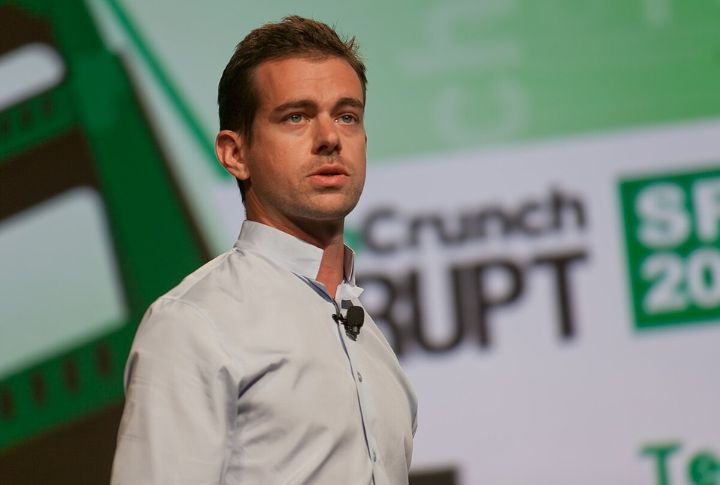
When the familiar six-second loops of Vine vanished in 2017, many of us remembered the sensation of swiping through quirky, raw videos and laughing out loud at tiny, perfectly timed moments. Now, with diVine—backed by Jack Dorsey—that same buzz returns, but with serious changes. If you ever wondered whether diVine is just Vine in a new shirt, you’re in for interesting differences. Keep reading and decide whether you’ll give it a spin.
Archive Revival With A Realist Twist
The cornerstone of diVine’s appeal is its archive of legacy Vine clips. The team recovered around 150,000 to 200,000 videos from roughly 60,000 creators, extracted from large binary files saved by a volunteer project at the time of Vine’s shutdown. That means when you browse diVine, you’re not just scrolling fresh uploads but dipping into a preserved era of internet creativity. The collection isn’t exhaustive—it doesn’t include millions of Vine uploads—but it includes many of the cultural touchstones that defined the original platform.
More importantly, creators retain rights to their clips: they can request removal or reclaim their old accounts by verifying control of the social accounts listed in their original Vine bios. Together, these elements give diVine both a historical foundation and a respect for the original content makers.
Genuine Human Uploads, Not AI Artifacts
Some social feeds now feel flooded with perfect-looking AI-generated videos and algorithm-curated churn. diVine takes a different path. Uploads on diVine are verified: videos suspected of being created by generative AI are flagged or blocked altogether. Through collaboration with the Guardian Project, the app checks that new clips are recorded on a smartphone, not fabricated in a machine.
By doing so, diVine offers a once-again raw, human-driven stream—less polish, more real moments. If you’ve been tired of uncanny videos and overly produced content, this shift might feel like a refresh.
Decentralised Platform And Creator-First Control
Unlike many platforms built by one company, diVine is based on the open-source protocol Nostr—a choice backed by Jack Dorsey via his nonprofit and Other Stuff. This structure allows developers to host independent servers, build custom clients, and let users retain more control over how the app behaves. In short, you’re less locked into a corporate-owned feed.
For creators, this means fewer gatekeepers deciding whether a clip sees the light of day. For viewers, it means an experience shaped more by genuine connections than by algorithmic engineering.
Where Nostalgia Meets Next-Gen Creativity
These three pillars—archive revival, human-made content enforcement, and decentralised architecture—combine to make diVine more than just a nostalgia ride. It revives Vine’s playful six-second format while adapting it for today’s digital climate, where authenticity and control are in high demand.
If you missed the days when short videos felt fresh and unpredictable, diVine gives you a new chance to jump in. Explore old clips and create a new minute-plus of your own loop, or simply enjoy a feed less trodden by bots and algorithmic churn. So go ahead, check out diVine. See if those six-second clips still hit the mark. Let a loop make you smile and perhaps find something unexpectedly fresh in a format you thought you knew.

